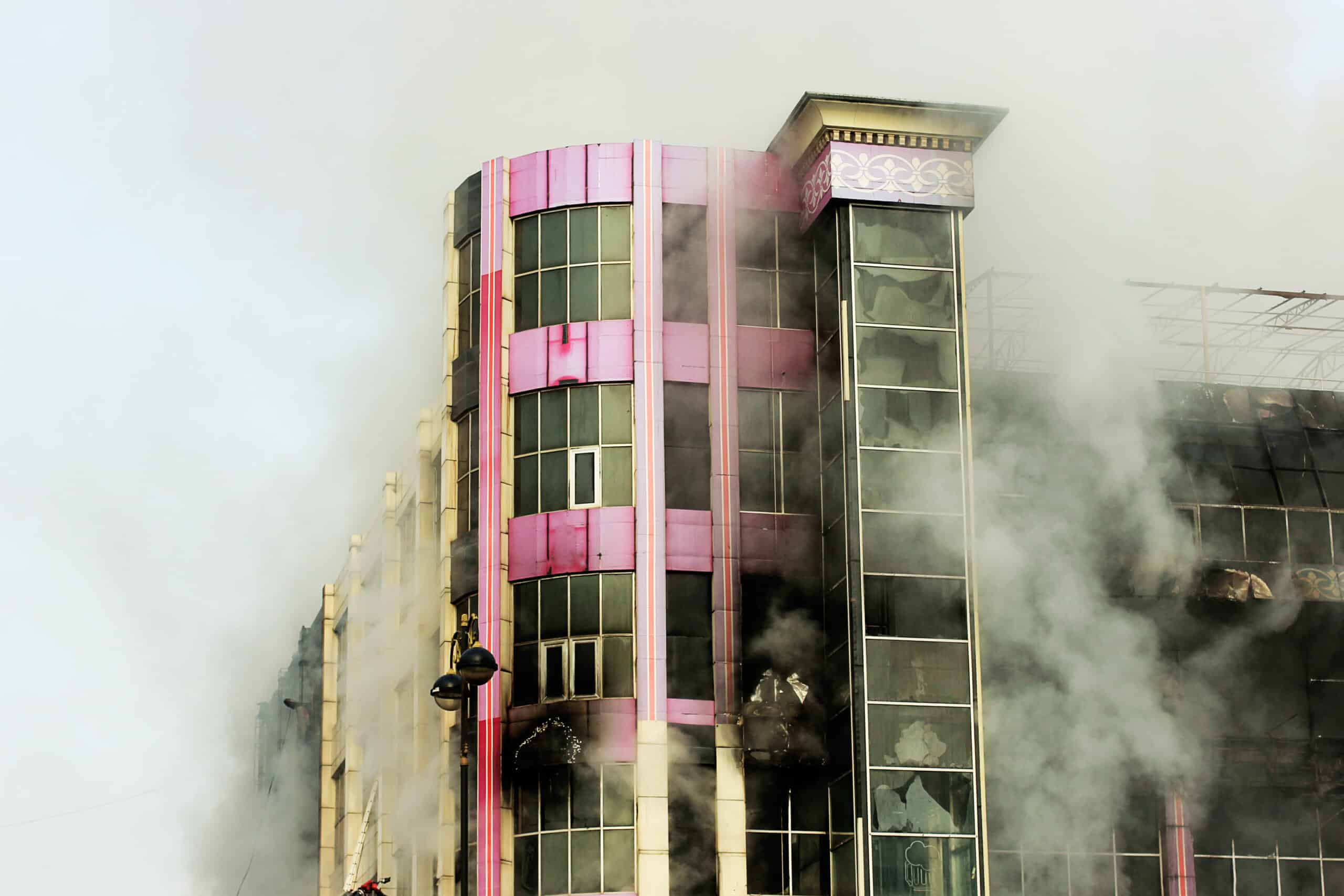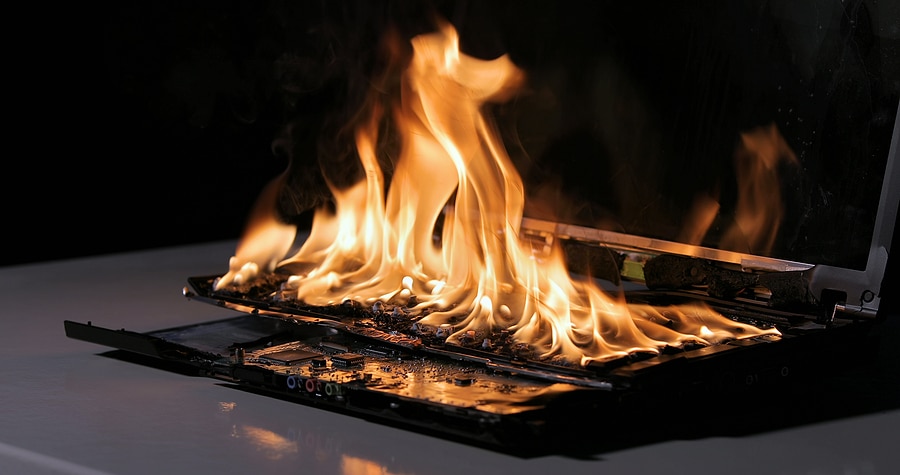
How to Avoid Common Workplace Fire Hazards
These are some of the things that designated person should be on the look out for. Keep this list as a training tool.
Electrical Hazards
Electrical hazards represent one of the most common sources of workplace fires. These often develop when electrical systems become overloaded, particularly in older buildings where the wiring wasn’t designed to handle modern power demands. When too many devices are plugged into a single outlet or circuit, the wiring can overheat, potentially igniting nearby flammable materials. Organizations can prevent this by having qualified electricians regularly inspect wiring systems, installing circuit breakers that automatically cut power when overloaded, and training employees to avoid daisy-chaining power strips.
Flammable Materials
Flammable materials storage presents another significant risk, especially in industrial and laboratory settings. Many workplaces use cleaning solvents, industrial chemicals, or other combustible liquids as part of their regular operations. When these materials aren’t properly stored, they can create dangerous vapor concentrations that ignite with just a small spark. The solution involves implementing proper storage protocols – keeping flammable materials in approved safety cabinets, ensuring adequate ventilation, and maintaining strict separation between incompatible substances that could react dangerously if mixed.
Garbage Pickup & Cleanliness
Poor housekeeping often contributes to fire hazards in ways that might not be immediately obvious. Paper, cardboard, and other combustible materials can accumulate in storage areas or near heat sources, creating fuel for potential fires. Dust buildup, particularly in manufacturing environments, can become explosive when dispersed in the air. Regular cleaning schedules, proper waste disposal procedures, and maintaining clear spaces around heat-producing equipment help minimize these risks.
Proper Maintenance of Equipment
Equipment maintenance plays a crucial role in fire prevention. Machinery that isn’t properly maintained can develop mechanical problems leading to overheating or sparking. This is particularly dangerous in environments where flammable materials are present. Implementing a regular maintenance schedule, promptly addressing equipment issues, and training employees to recognize warning signs of equipment malfunction can significantly reduce this risk.
Lounges & Kitchen Areas
Kitchen areas in workplaces deserve special attention. Cooking equipment, especially deep fryers and high-temperature cooking surfaces, can quickly become fire hazards if not properly maintained and operated. Grease buildup in ventilation systems can ignite, spreading fire throughout the building. Regular cleaning of cooking equipment and exhaust systems, combined with proper training in fire suppression techniques, helps prevent kitchen fires.
Clear Out Walking Areas & Evacuation Routes
Human pathways, hallways and emergency exits warrant careful consideration in fire safety planning. When exit routes become blocked by stored materials or furniture, people can become trapped during a fire emergency. Maintaining clear pathways, ensuring emergency exits are properly marked and accessible, and regularly testing emergency lighting systems are essential practices.
Training and Awareness is Key
Employee training serves as the cornerstone of fire prevention. Workers need to understand not just what the hazards are, but why certain practices are dangerous and how their actions can prevent fires. This includes proper handling of flammable materials, recognition of warning signs, and knowledge of emergency procedures. Regular fire drills help ensure everyone knows how to respond in an emergency.
Keep Your Fire Prevention Systems
Employee training serves as the cornerstone of fire prevention. Workers need to understand not just what the hazards are, but why certain practices are dangerous and how their actions can prevent fires. This includes proper handling of flammable materials, recognition of warning signs, and knowledge of emergency procedures. Regular fire drills help ensure everyone knows how to respond in an emergency.
As we have said before, the true value of a fire protection system isn’t measured by how often it activates, but by its constant vigilance and readiness to protect what matters most to your business. In today’s fast-paced business environment, having a reliable, comprehensive fire protection system isn’t just an option—it’s a fundamental necessity for any forward-thinking organization.
Call Reliable Fire Protection in Katy to protect your business and keep your fire protection systems in working order. Call (832) 345-5360.
Related Articles

The Importance of Fire Alarms: Ensuring Safety and Protection
Fire alarms provide the earliest warning in the event of a fire, giving people time to evacuate. They’re a key part of any building’s safety system. Here's why they matter and how to keep them reliable.

Commercial Fire Statistics
Each year, thousands of commercial fires cause billions in damage and disrupt countless businesses. This post dives into the latest statistics and what they reveal about causes and prevention. Stay informed to reduce your risk.

How to Put Out a Lithium-Ion Battery Fire
Lithium-ion battery fires are dangerous and require a different approach than traditional fires. This post walks you through the safe steps to take and what not to do. Be prepared before an emergency strikes.
